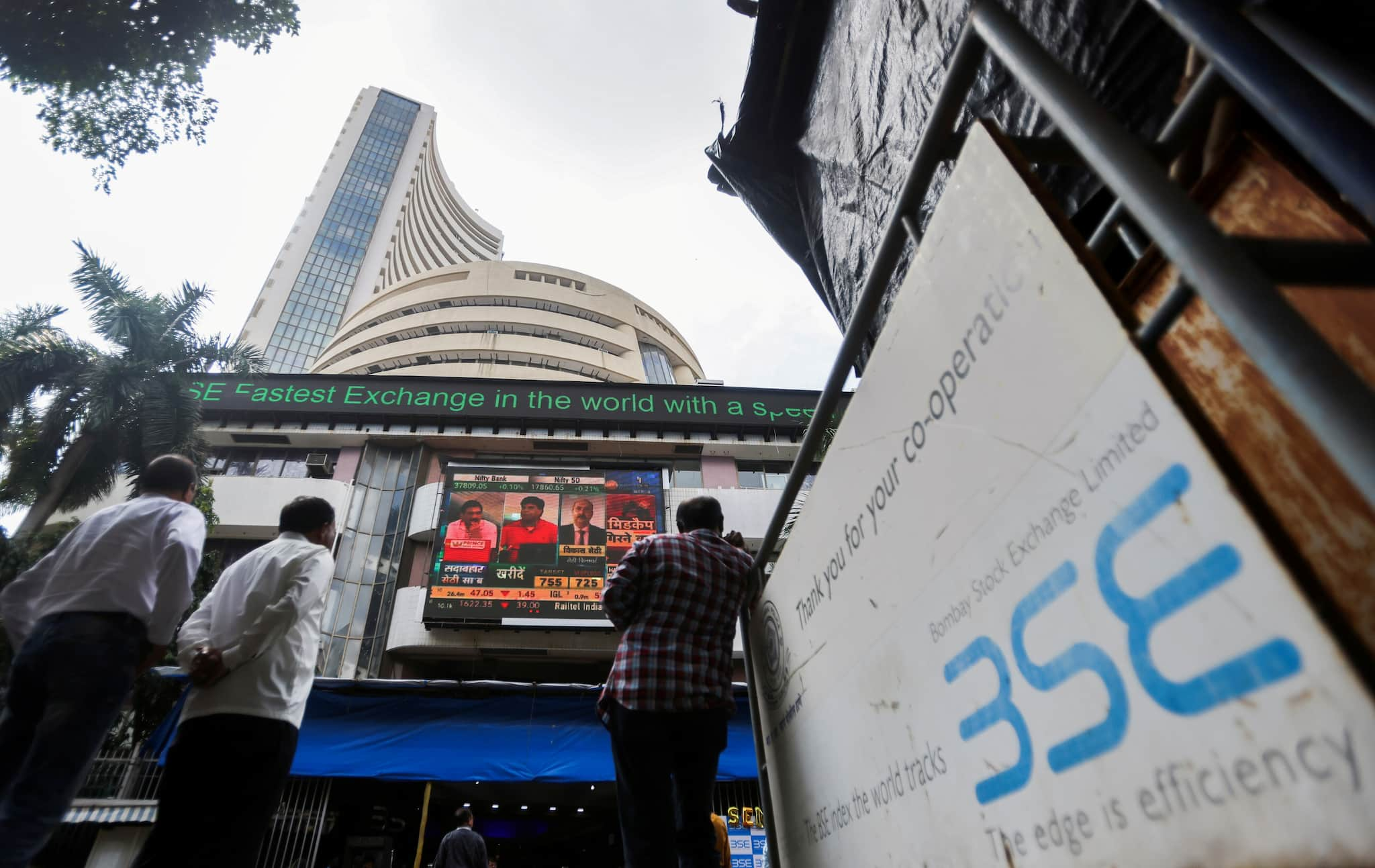Stock Market Prediction FY26: Sensex, Nifty outlook for new financial year - key sectors to watch
Updated Mar 31, 2025 12:26 IST

Stock Market Prediction FY26: Sensex, Nifty outlook for new financial year - key sectors to watch
The Nifty index is expected to give an annual return of 8–10 per cent in FY26, while the Sensex is projected to deliver 8–12 per cent returns, as per a new report. Stock markets had a mixed year in FY25, with both highs and lows. The Sensex rose by 3,763.57 points (5.10 per cent), while the Nifty gained 1,192.45 points (5.34 per cent).
Domestic Companies in a Strong Position
Indian companies focusing on the domestic market are well-placed to handle risks such as rising US tariffs and increasing commodity prices.
Large private banks are likely to see credit growth of 14–16 per cent in FY26. So far in FY25, the benchmark indices have gained around 7 per cent, news agency IANS reported citing a report by GoalFi, a smallcase manager.
The report predicts a 12–16 per cent rise in market levels by March 2026, which translates to an 8–10 per cent annual return from March 25, 2025. This estimate is based on corporate earnings growth of 12–15 per cent and a forward PE multiple of 19–21x for FY26 earnings. Sensex’s potential upside is estimated at 14–18 per cent, leading to an 8–12 per cent annual return.
Robin Arya, Founder and CEO of GoalFi, said that the strong expected returns of Nifty and Sensex are backed by solid corporate earnings growth. Global and domestic factors, along with renewed Foreign Institutional Investor (FII) interest, are expected to push growth further.
In another analysis by PTI, in FY25, stock market investors gained Rs 25.90 lakh crore as Sensex climbed over 5 per cent amid a generally positive market sentiment.
The total market value of BSE-listed companies surged by Rs 25.90 lakh crore to reach Rs 4,12,87,646.50 crore (USD 4.82 trillion) by FY25 end.
Palka Arora Chopra, Director of Master Capital Services, noted that FY25 was a reality check for new investors. While retail investors and domestic funds drove the market, FIIs were cautious and sold off stocks due to high valuations and global uncertainties. Lower-than-expected corporate earnings in the second half of FY25 added to the market’s struggles.
The new Trump administration’s policy changes added uncertainty, causing market fluctuations. The Sensex hit a record high of 85,978.25 on September 27, 2024, but fell sharply in October, dropping 4,910.72 points (5.82 per cent) due to FII withdrawals and expensive stock valuations.
Despite foreign investor sell-offs, strong participation from retail investors helped the market stay positive. Several major Initial Public Offerings (IPOs) also boosted confidence in equities.
The election results signaled political stability, which reassured investors. This led to a market rally between June and September 2024.
On the last trading day of FY25 (March 28, 2025), the Sensex closed at 77,414.92, down by 191.51 points (0.25 per cent), while Nifty ended at 23,519.35, dropping 72.60 points (0.31 per cent).
Satish Chandra Aluri, Analyst at Lemonn Markets Desk, described FY25 as a year of two halves. Markets were stable during elections but hit record highs from June to September. However, in October, poor corporate earnings and foreign investor exits caused a sharp downturn.
Foreign outflows increased due to China’s economic stimulus measures and Trump’s return to power. As a result, markets fell for five straight months (Oct-Feb 2025), a trend not seen in 29 years. However, in March, markets rebounded despite global uncertainties.
Aluri believes that markets are entering FY26 with better fundamentals and improved domestic sentiment. Large-cap stock valuations are now closer to historical averages, and the RBI is expected to cut interest rates, supporting growth. However, global challenges like trade wars and geopolitical tensions could still impact the market.
(Disclaimer: The above article is meant for informational purposes only, and should not be considered as any investment advice. ET NOW DIGITAL suggests its readers/audience to consult their financial advisors before making any money related decisions.)
End of article












